Established in 2018, NSF’s Seismological Facility for the Advancement of Geoscience (SAGE) is a distributed, multi-user national facility operated by EarthScope Consortium that provides state of-the-art seismic and related geophysical instrumentation and services to support research and education in the geosciences. This integrated set of facility capabilities enables advances in our understanding of Earth structure and dynamics, earthquakes and volcanic eruptions, and interactions between the solid Earth, hydrosphere, and atmosphere through the management and operation of:
NSF SAGE Data Services (DS) is the world’s largest facility for the archiving, curation, and distribution of seismological and other geophysical research data and data products.
NSF SAGE DS goals include:
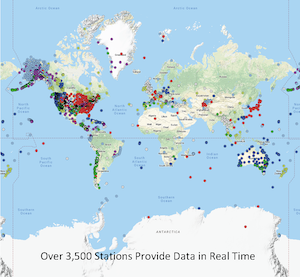 In collaboration with NSF GAGE (NSF’s Geodetic Facility for the Advancement of Geoscience, also operated by EarthScope Consortium), integrating NSF SAGE and NSF GAGE DS into a single system that will allow users to discover and obtain seismic, geodetic, and other data in a particular region or time period;
In collaboration with NSF GAGE (NSF’s Geodetic Facility for the Advancement of Geoscience, also operated by EarthScope Consortium), integrating NSF SAGE and NSF GAGE DS into a single system that will allow users to discover and obtain seismic, geodetic, and other data in a particular region or time period;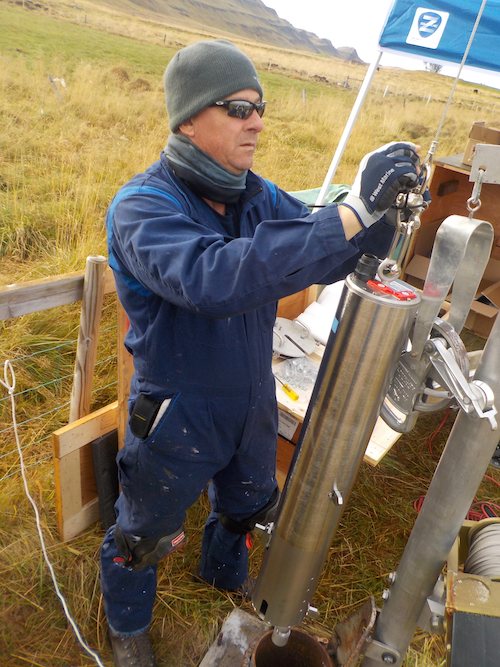 A multi-use facility, the 152-station Global Seismographic Network (GSN) supports basic research into global seismicity and Earth structure as well as earthquake hazard mission-related tasks such as earthquake location and characterization, tsunami warning, and nuclear explosion monitoring. EarthScope Consortium and the IDA group at the University of California San Diego operate 40 of the GSN stations as part of SAGE, in partnership with the U.S. Geological Survey.
A multi-use facility, the 152-station Global Seismographic Network (GSN) supports basic research into global seismicity and Earth structure as well as earthquake hazard mission-related tasks such as earthquake location and characterization, tsunami warning, and nuclear explosion monitoring. EarthScope Consortium and the IDA group at the University of California San Diego operate 40 of the GSN stations as part of SAGE, in partnership with the U.S. Geological Survey.
GSN activities continue to focus on optimizing and maintaining high station performance by:
Working with the community, NSF SAGE is updating GSN design goals to reflect new science objectives and to incorporate new technologies.
The NSF SAGE EPIC facility maintains the world’s largest open access, shared-use pool of portable seismic sensors and a wide range of associated equipment. This capability is essential for both PI-driven seismic data acquisition projects and larger community experiments, and supports education and workforce development projects in the geosciences.
The primary activities of the NSF SAGE EPIC facility are:
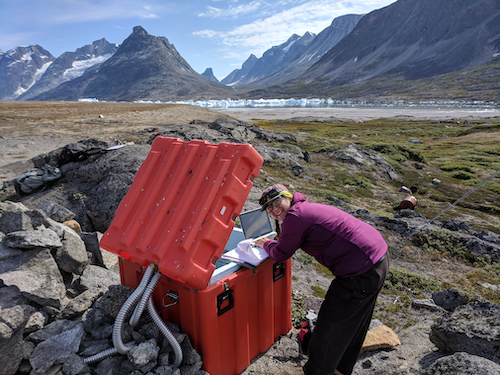 Maintaining instruments, infrastructure, and services to allow facilitation of seismological experiments, including training, experiment planning, logistics support, engineering, and data services;
Maintaining instruments, infrastructure, and services to allow facilitation of seismological experiments, including training, experiment planning, logistics support, engineering, and data services;Magnetotelluric (MT) studies record Earth’s ambient electric and magnetic fields to characterize the conductivity of the shallow crust to upper mantle. These distinct observations help to enhance and discriminate results obtained from seismic imaging methods. Under the NSF SAGE award, a new pool of portable MT instruments to support PI-driven experiments has been established at the EPIC.
The NSF SAGE EPIC MT facility is:
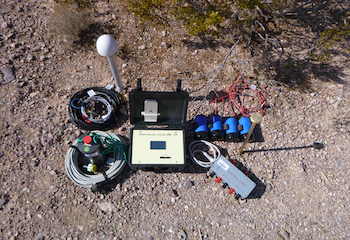 Managing a shared-use instrument pool of long-period and wide-band MT systems (data acquisition systems, fluxgate and induction coil magnetometers, and non-toxic chemistry electrodes);
Managing a shared-use instrument pool of long-period and wide-band MT systems (data acquisition systems, fluxgate and induction coil magnetometers, and non-toxic chemistry electrodes);Through its commitment to advance awareness and understanding of geophysics while inspiring Earth science careers, NSF SAGE Engagement strives to engage educators and students of all ages, especially those from groups that are traditionally underrepresented in the geosciences.
NSF SAGE Engagement focuses on:
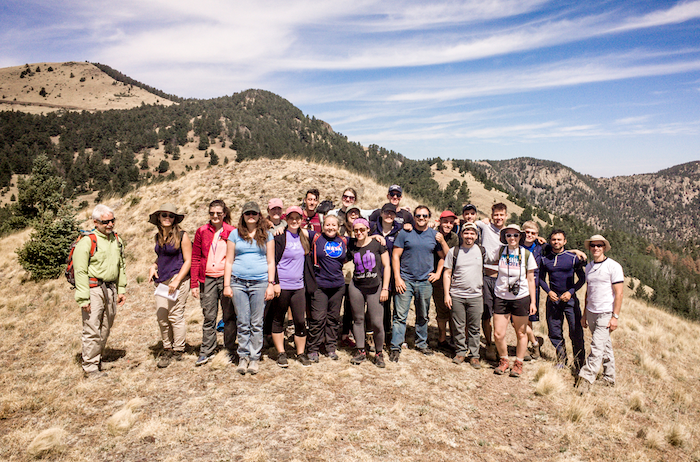 Continuing the successful activities developed by IRIS and supported by community members, such as summer undergraduate internships, Teachable Moment slide sets, K–12 curriculum, professional development workshops, public displays and lectures, and a strong social media presence;
Continuing the successful activities developed by IRIS and supported by community members, such as summer undergraduate internships, Teachable Moment slide sets, K–12 curriculum, professional development workshops, public displays and lectures, and a strong social media presence;